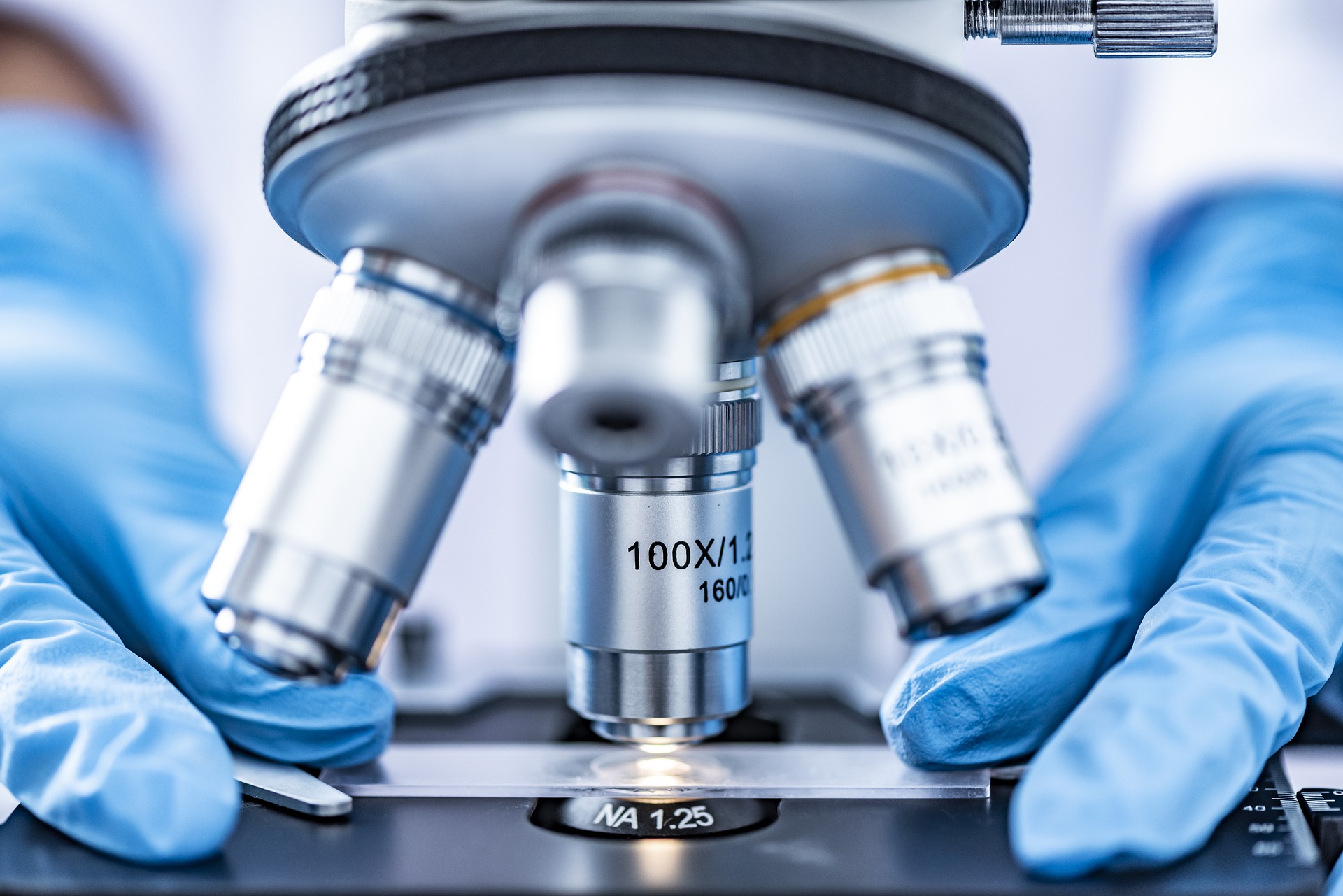April 14, 2022
What are "orphan drugs" and how their development works.
CRO
Life Science
Regulatory Affairs

An estimated 300 million people worldwide are suffering from a rare disease. For most of these diseases there is no cure and the only hope for all these people is scientific research.
Small research centres, funded by large pharmaceutical companies, have been studying the mechanisms underlying rare diseases for years and developing new molecules for their diagnosis, prevention and treatment.
Only a very small part of many molecules in research manages to become a drug, overcoming the phases of preclinical experimentation, clinical trials and obtaining the authorization in commerce. These drugs are defined in the medical world as “orphan drugs” and are intended for the very few patients with the rare disease for which they were developed.
The development of an orphan drug is therefore a long-term job, which requires considerable financial expenditure. It is not by chance that the definition of the European Medicines Agency (EMA) as an orphan drug also mentions its economic aspects: a medicinal product for diagnosis, prevention or treatment of a life-threatening or chronically debilitating condition that is rare (affecting no more than five people in 10,000 in the European Union) or where the medicinal product is unlikely to generate a sufficient profit to justify its research and development costs.
Fortunately, the sponsors and manufacturers of rare disease medicines can benefit from a series of economic incentives made available by the European Union and further concessions granted at national level.
In the European Union, the request for designation as an orphan medicinal product must be submitted to EMA by centralised procedure and examined by the Committee for Orphan Medicinal Products (COMP). This evaluation leads to a positive or negative opinion of the CHMP, Committee for Medicinal Products for Human Use. Then the European Commission expresses its opinion, if positive the orphan drug officially obtains the authorization to place on the market.
In Italy, the purchase of an orphan drug is reimbursed by the National Health System (SSN) and companies can proceed with the distribution of the product only after having defined the price with the Italian Agency of Medicine (AIFA). This phase of negotiation is called “Price and Refund” and can only start after receiving the positive opinion of the CHMP. There are also cases where sponsoring or manufacturing companies have the opportunity to provide an orphan drug to patients before the drug is authorised for sale, thanks to the various early access options available in Italy (Compassionate use, Law 648/96, AIFA Fund 5%).
After this long journey, which in a few cases comes to an end, the authorised orphan drug can therefore be administered to the patient but the costs to be incurred and the challenges to be faced are not finished: sponsor and manufacturer must now take care of its maintenance on the market or manage all regulatory and pharmacovigilance requests that affect the life cycle of that product.
What is the best way to set up a clinical study of a product intended for a small number of patients? How and when can a company launch a product in Italy? What are the timing of approval by the competent authorities?
The regulatory aspects to take into account in the stages of preclinical development, clinical development, registration and maintenance of a drug are many. JSB Solutions, consulting company for the pharmaceutical, biotechnology and industrial sectors, thanks to the certification as Clinical Research Organization (CRO) can assist companies from the early stages of clinical product development and thanks to its experience in the field of Life Science accompany you until registration, distribution and maintenance on the market of the drug.
Scopri di più
Vai al case study